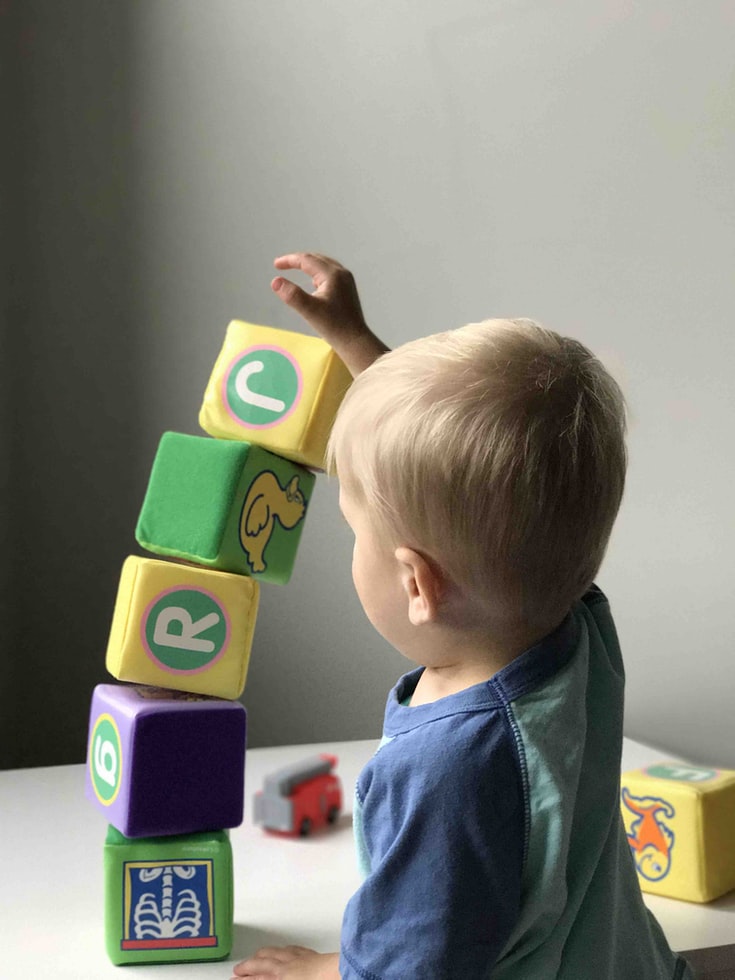
Winter is a tough time for chapped hands, so here are some helpful hints to help you get through it.
The current cold snap may be a good reason to light the fire and snuggle up, but it comes with drawbacks for sensitive skin.
One of the problems currently is chapped hands, which we’ve decided is time to document our advice on how to manage it.
When hands have progressed from being dry and rough to having fissures and fractures (and, in some cases, even bleeding), it’s time to act.
We look at why the hands of children are so prone to chapping, ways to minimise the risk of chapped hands and how to treat them.
What causes chapped hands in children?
Gloves are a godsend, especially windproof ones. If your child is prone to forget to put them on or even drop one in unusual (a frequent occurrence!) go for the elastic through the sleeve’s technique.
Our hands are frequently exposed to the elements, which increases their vulnerability to dryness and cracking.
In the winter, especially the extremes of artificial heating inside and cold air outside can really dehydrate the skin. The wind is also very drying – the cold wind is even worse.
Furthermore, a youngster’s skin differs significantly from an adolescent or adult’s skin. It is thinner and generates less sebum (the oil that protects our skin from drying out).
It’s not uncommon for youngsters’ hands to get irritated or swollen after washing them too frequently. Add in several hand rubs and hot baths, as well as lots of handwashing, and it’s no surprise that tiny hands can be damaged!
What else can we do? – What to Do if Your Hands are Chapped
Decant your creams into sample containers so you’ll always have some in your handbag, car, school bag, and coat pocket. (Then moisturise a little more.) Decanting creams into cosmetic sample pots allows you to be prepared for any situation.
Ellen Marmur, a dermatologist in Boca Raton, Florida, says that five to six lotions per day are optimal for everybody over the age of twelve. However, if children attend school or nursery all day, this may be difficult to achieve.
Before school, after-school pickup time, tea time hand washing, bedtime, and adult bedtime should all be treated with moisturizer. If it’s really bad, the school will provide cream at lunch and break times.
Gloves are a must-have, especially windproof ones. If your child is prone to forgetting to put them on or leaving one somewhere odd (a typical occurrence we encounter!) try tying an elastic through the sleeves.
Chapping can make allergies worse. In liquid soaps, be on the lookout for sodium Laureth sulfate, parabens, and MCI. Instruct your child to wash their hands thoroughly and dry them gently after rinsing with this product.
If they are permitted a little pot of moisturiser in their pockets, they may incorporate this stage of handwashing into their routine. Perhaps with a tiny prize at the end of the day if they’ve utilized it all up
At night, moisturize thoroughly – a thick layer of emollient with a pair of ScratchSleeves on top works wonderfully.
On a windy day, the pushchair rain cover acts as an effective (and still see-through) barrier for your infant. Try giving your child reusable stickers to decorate their “tent” with if they kick off the rain cover in protest.
If handwashing is making the condition worse, read our handwashing top tips to keep eczema-prone hands clean and healthy.
Choosing the best moisturizer for your child might be difficult.
What should you look for in a moisturizer, and what should you avoid? You’ll need a thicker cream rather than a lotion to provide both moisture and protection. Petroleum jelly is an excellent standby, but it can be quite greasy.
Dimethicone, cocoa, and shea butter or beeswax are some of the other components to be wary of.
However, keep in mind that the finest cream is one your child will actually use.
The ones that contain petroleum and paraffin, on the other hand, are quite thick on the skin and take a long time to absorb, which isn’t fashionable.
If you have a fiercely independent child who doesn’t care for creams in general, consider making it their own product — bring them along to sample it.
The Body Shop offers a comprehensive selection of moisturizers, and the employees can tell you which ones are free of hazardous chemicals.
Furthermore, they will provide you with sample pots to try at home, which is ideal for decanting your favourite cream as described above!
Another idea – we keep a permanent marker on hand at home to personalize various items, such as their name on something giving them ownership. They selected it, labelled it, and felt they had made the decision, therefore they were more likely to utilize it!
And finally…
If you detect any symptoms of infection, such as redness, streaking, or pus, notify your doctor.
ScratchSleeves don’t just share their stories of raising an eczema kid and their favourite allergy-friendly recipes, they also produce and sell our one-of-a-kind stay-on scratch mitts and pyjamas for itchy infants. We now have sizes ranging from 0 to 16 years in a variety of colours available.
Visit ScratchSleeves for more information.
